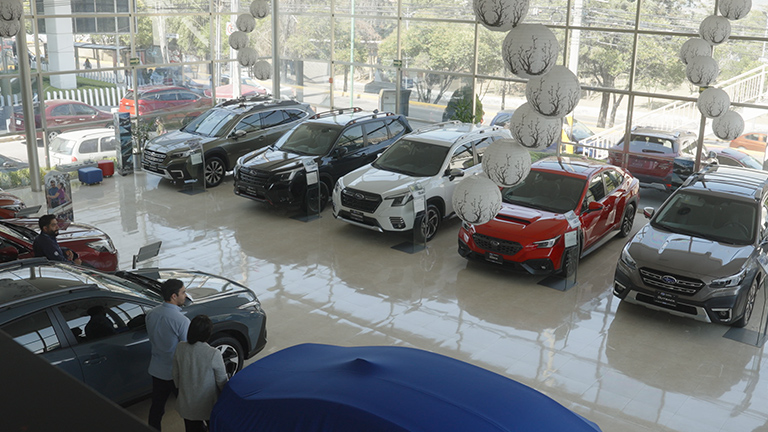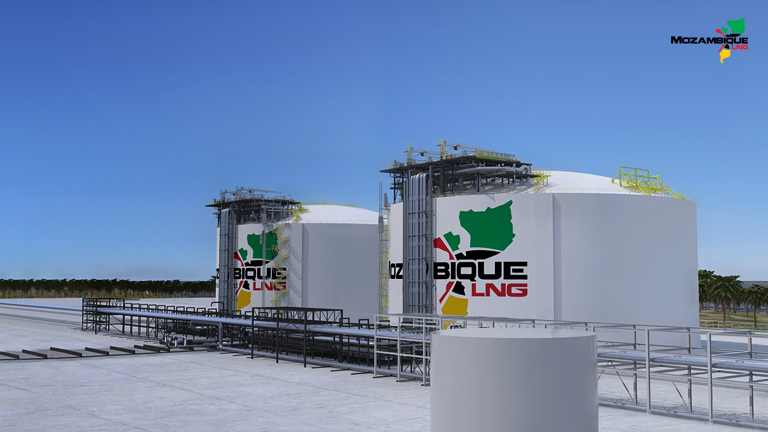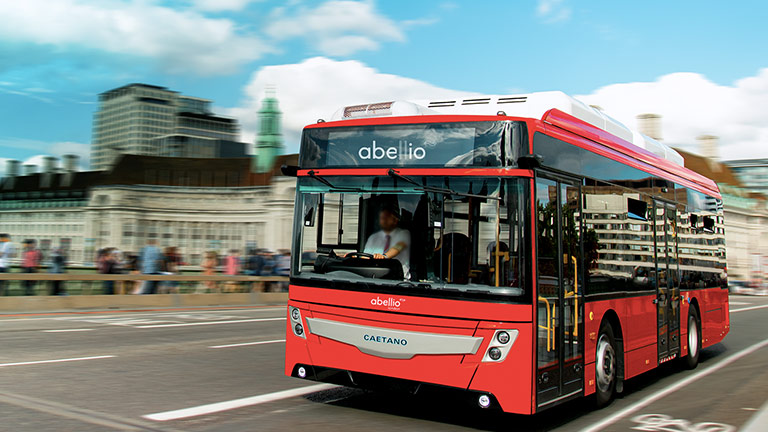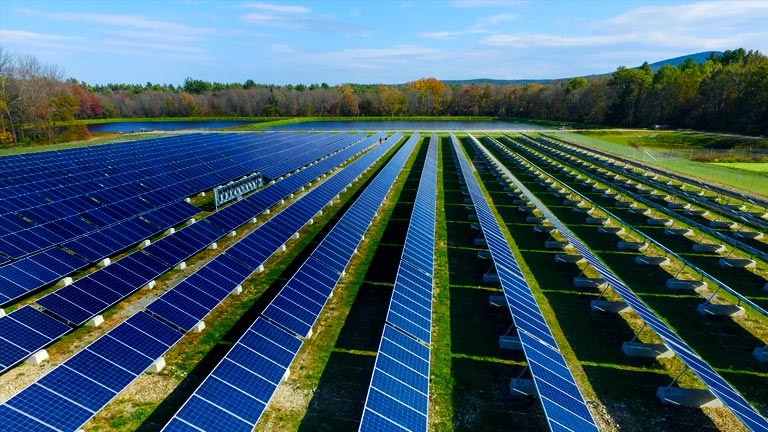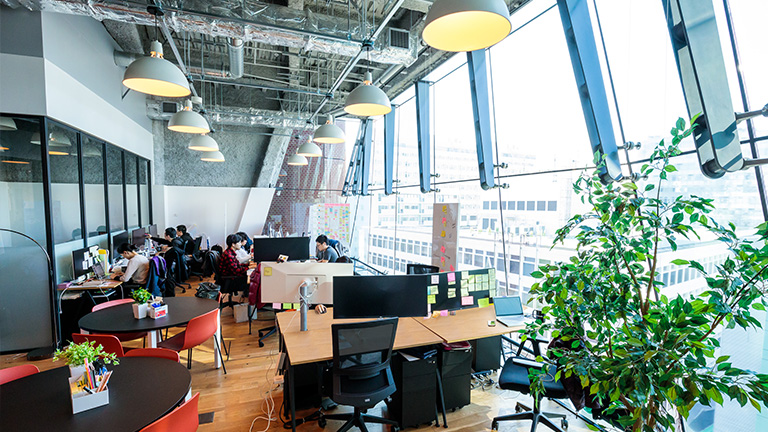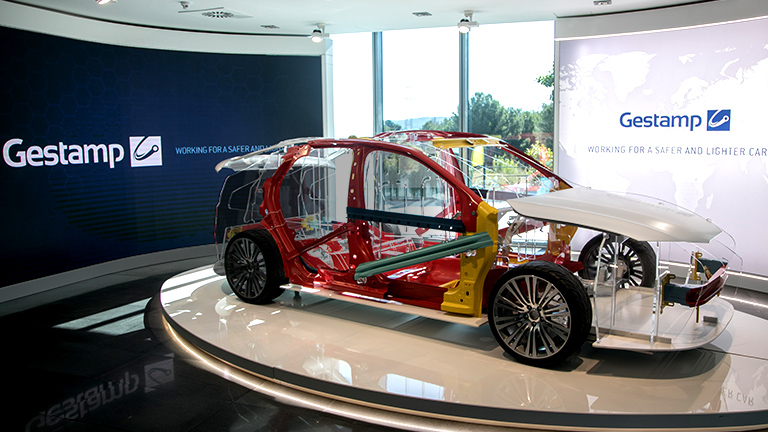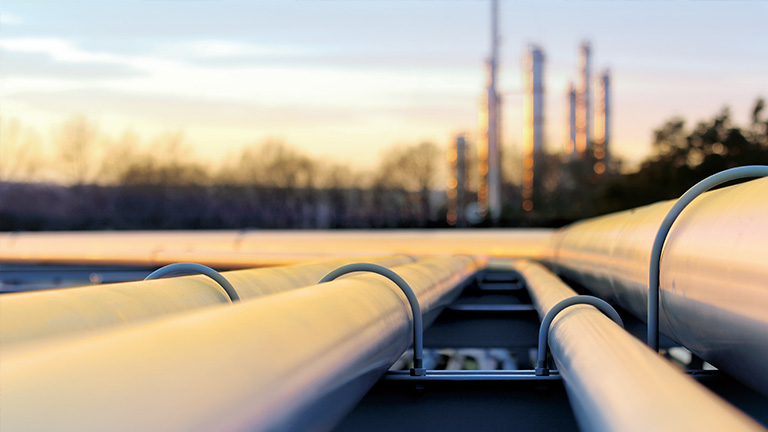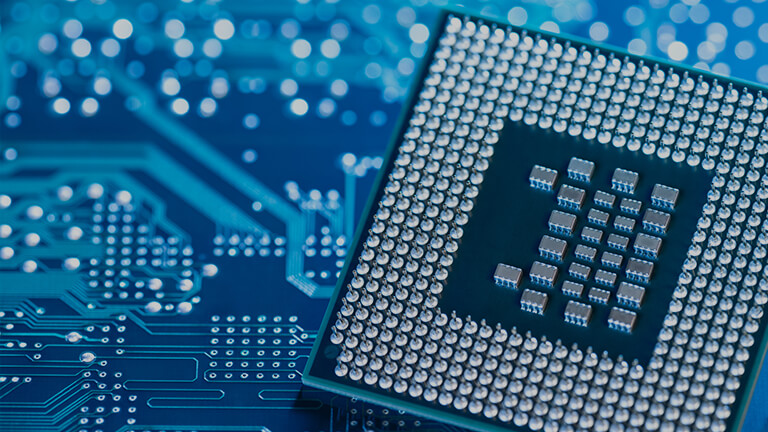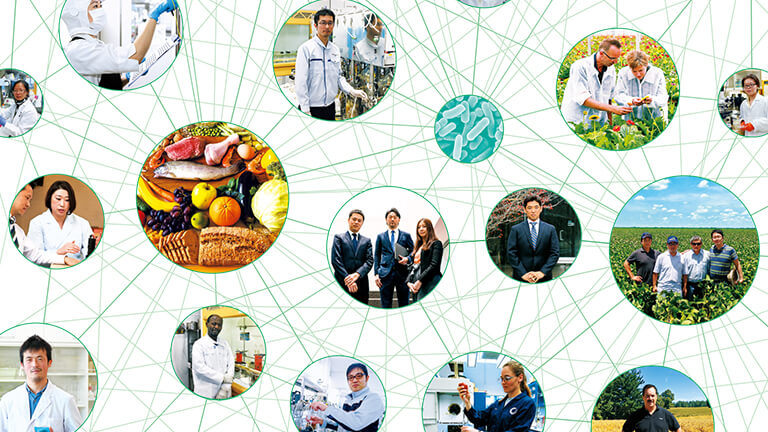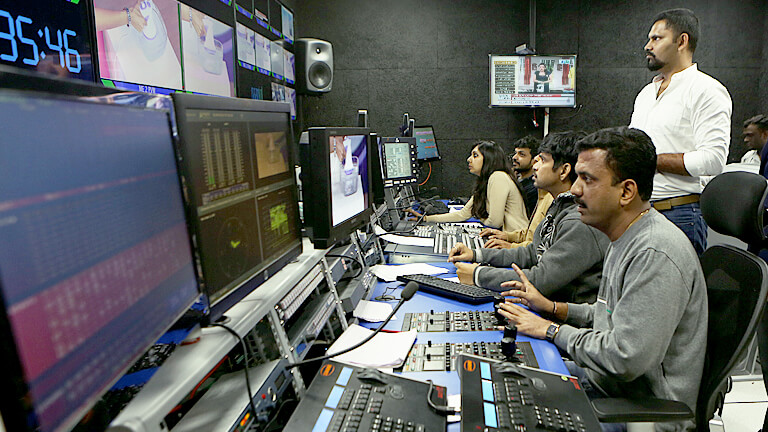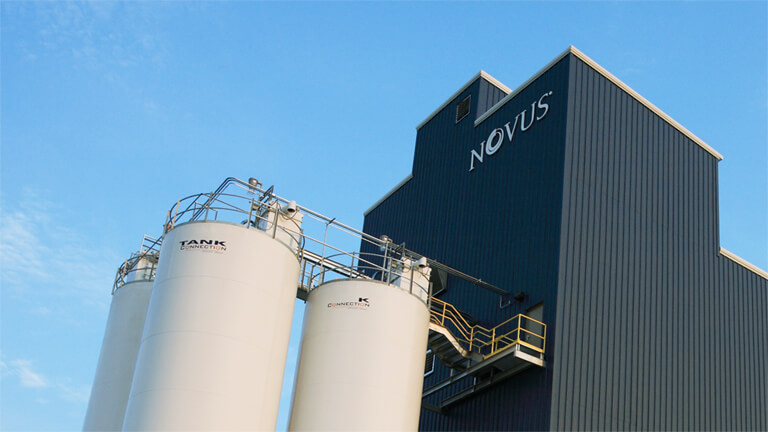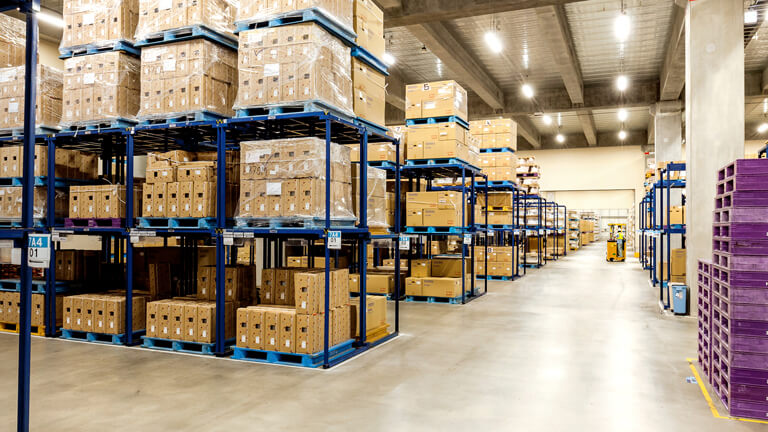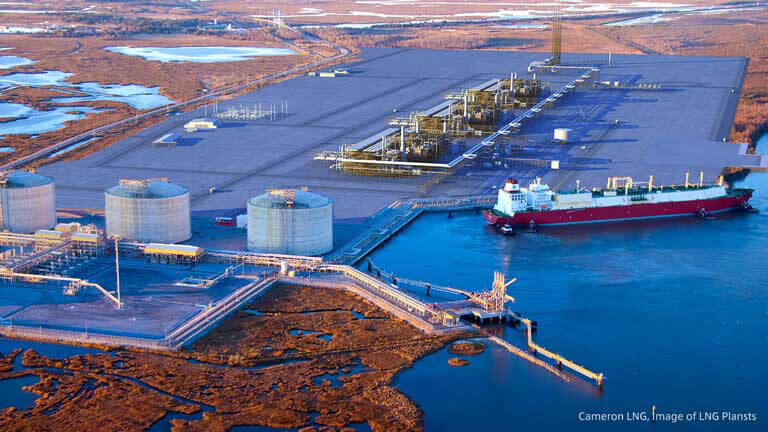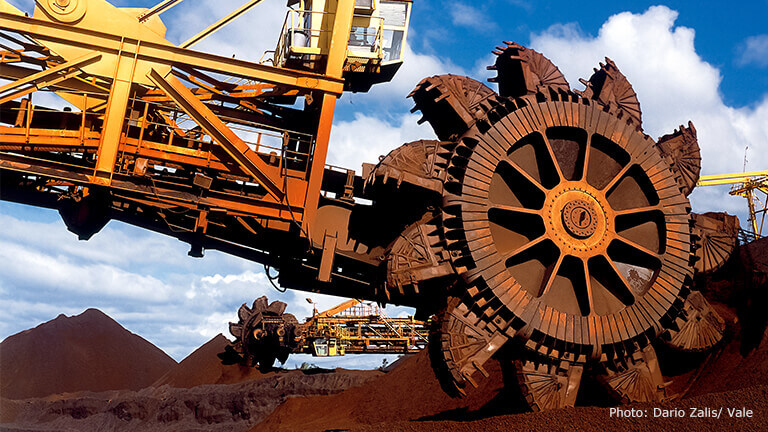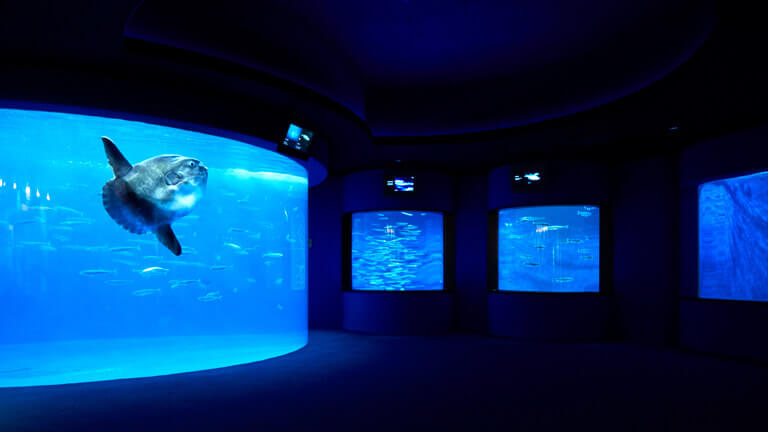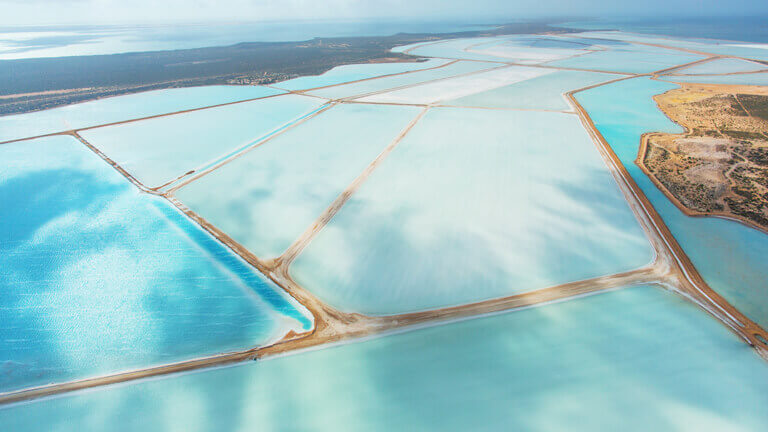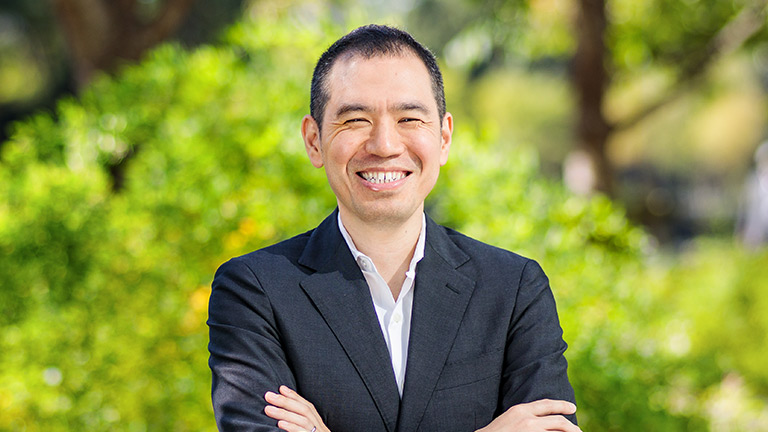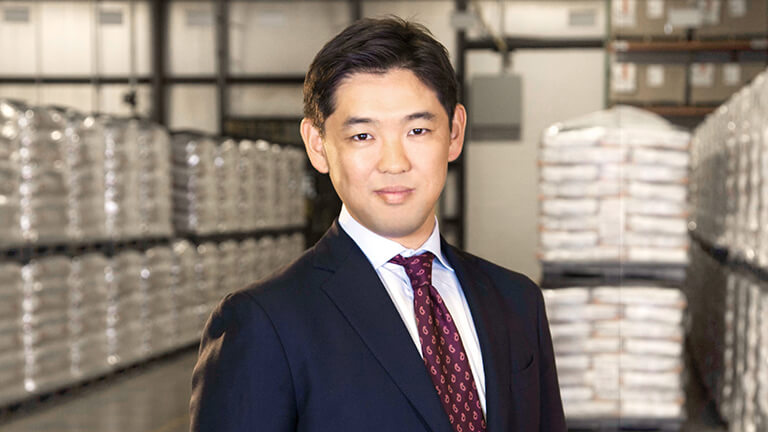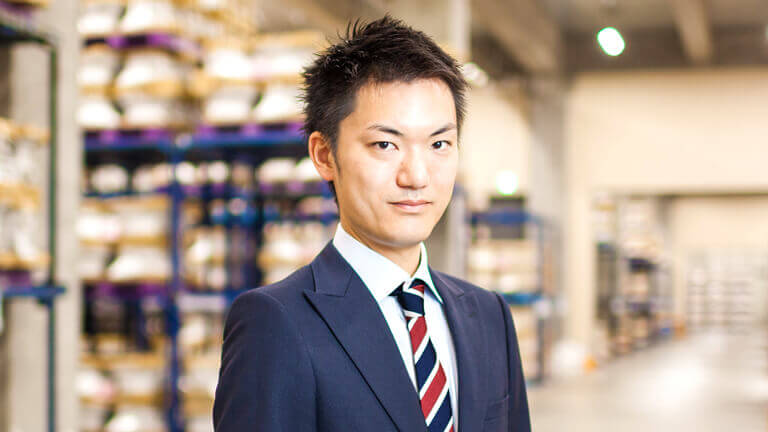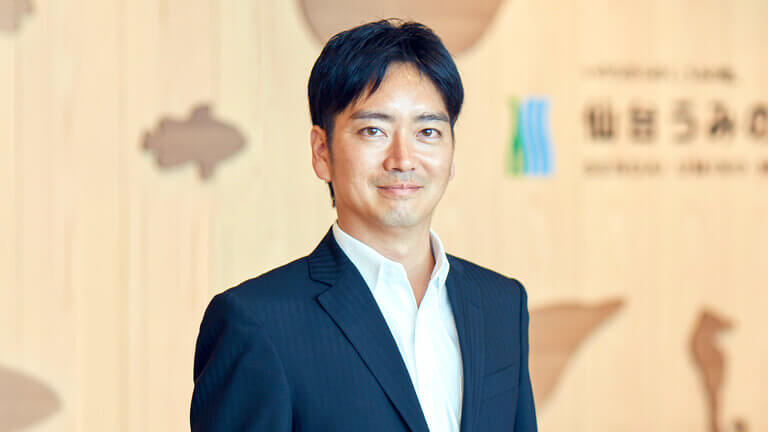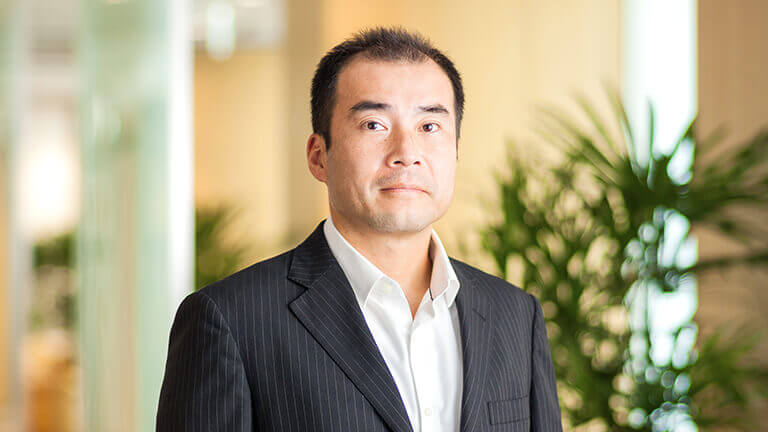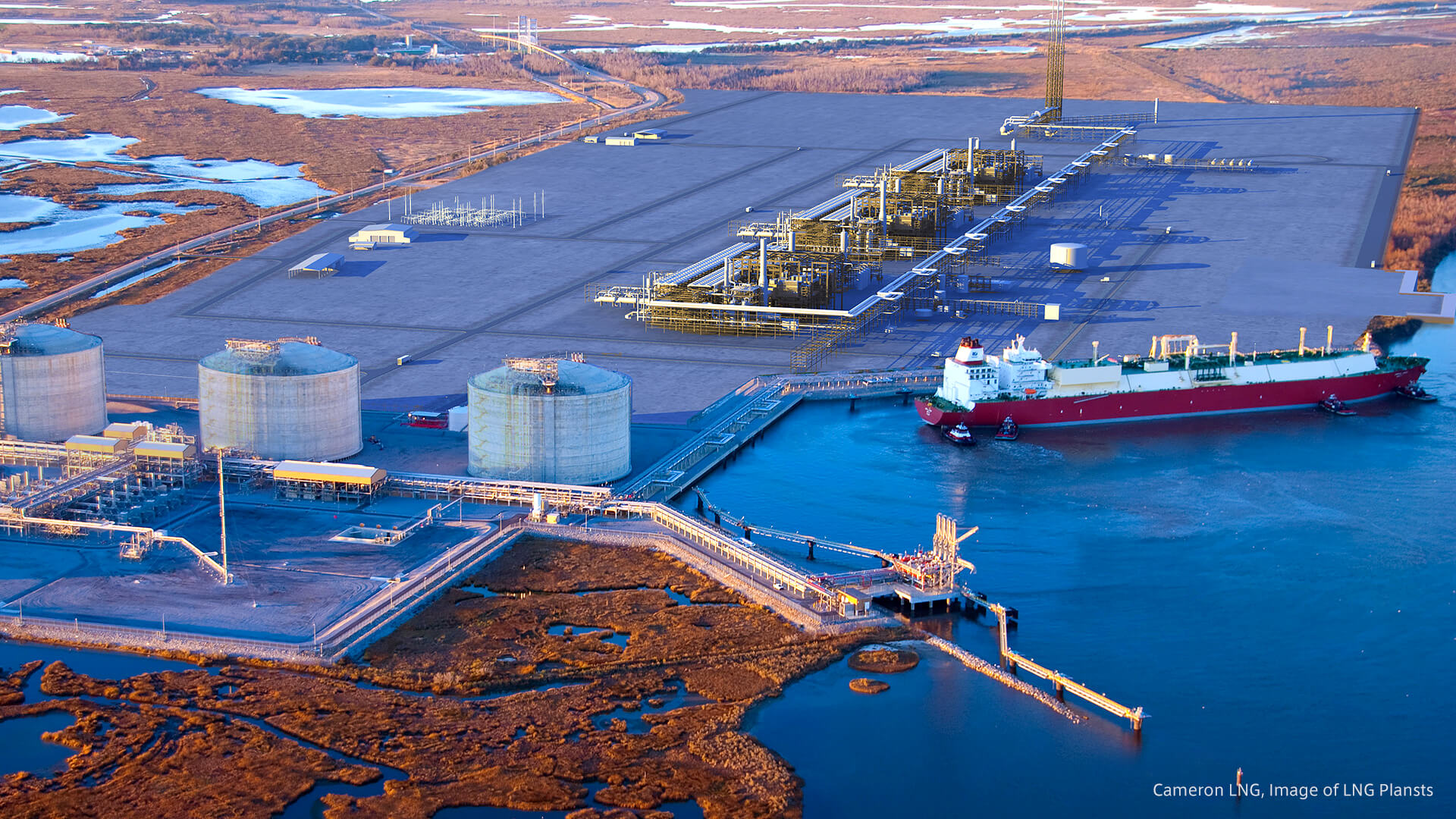
Business Innovation
Changing Places:
Cameron LNG export terminal
The Cameron LNG export terminal in Louisiana is a symbol of the huge changes that are under way in the global energy market. Mitsui & Co. was quick to spot an opportunity.
In the early part of this century, clean-burning natural gas was in short supply in the United States. By way of response, the country began to construct a number of large-scale terminals for the import of liquefied natural gas (LNG). However, from around 2008, the dynamics of the market changed completely. The cause? The shale revolution. Thanks to technological advancements in methods of extraction, the United States is now estimated to have more than 100 years’ worth of natural gas. As domestic shale gas production increases, the U.S. is projected to switch from a net importer to a net exporter of natural gas by 2017, according to the Energy Information Administration (EIA).
The Cameron Terminal in Louisiana neatly encapsulates this structural role reversal. Originally constructed as an LNG import terminal, it opened for business in July 2009. However San Diego-based Sempra Energy, the owner of the plant, quickly realized that there was more opportunity in exporting than importing LNG. In May 2013, Sempra teamed up with Mitsui & Co. Cameron LNG Investment, Inc., a wholly owned subsidiary of Mitsui and two other companies to add liquefaction facilities to the existing receiving terminal to provide an export capability of 12 million metric tons per annum. Each of the three joint venture partners, including Mitsui, is entitled to 4 million metric tons annually.
A long history, A bright future (01:37)
Overcoming legal hurdles
Located just 36 miles from major instate gas pipelines and capable of accommodating Q-Flex tankers (the second-biggest type of LNG transporting vessel with a capacity of around 217,000 m3), Cameron has every geographical advantage. The greatest challenges the project faced were far less tangible and involved legislation.
Before the liquefaction plant could be built, the joint venture needed first to get permission from the Federal Energy Regulatory Commission (FERC) to construct the facility, and then, even more crucially, to get export licenses from the Department of Energy (DOE) covering both countries with which the US does and does not have free trade agreements (as yet Japan and the United States have no such agreement).
Mitsui and other joint venture partners successfully hit all these legal milestones: the FERC order for the construction of the LNG plant came through in June 2014, and the final DOE export license for non-FTA countries in September 2014. In turn, that enabled the joint venture partners to take the final investment decision in August 2014 and start construction in October 2014. Cameron is in fact only the second LNG export terminal to win an export license, after Cheniere's Sabine Pass terminal, also in Louisiana.

Mitsui's Multiple Roles
As is often the case, Mitsui’s role in the project is multifaceted. Firstly, starting in 2013, Mitsui marketed the gas on 20-year contracts to its clients such as Tokyo Electric Power Company, Toho Gas, Kansai Electric Power Company, and Tokyo Gas. Secondly, Mitsui played a big part in arranging the finance for the project. This included $2.5 billion of project finance from the Japan Bank for International Cooperation (JBIC)—secured partly because Mitsui was selling the gas to Japanese customers—$4.9 billion from commercial banks, and loan insurance of $2 billion from Nippon Export and Investment Insurance (NEXI). Thirdly, Mitsui procured seven LNG vessels ranging from 155,000m3 to 177,000m3 for the delivery of LNG cargoes to mainly Japanese customers.
A project of this size cannot be carried through without multiple business units and divisions of Mitsui coming together to work as a team. Mitsui & Co. can contribute to the construction of the Cameron liquefaction plant thanks to the cooperation of our Infrastructure Projects Business Unit. Energy Business Unit II took the lead on the Cameron project, but at the negotiating table they were ably supported by our Legal Division. Equally, the very substantial funding required for the project could never have been put in place without the expertise of Mitsui’s Finance Division. Meanwhile, it was another unit entirely—the Integrated Transportation Systems Business Unit—that was responsible for procuring the LNG vessels.
Once the Cameron liquefaction plant becomes operational in 2019, Mitsui will have another stable source of clean-burning energy in its portfolio with which to supply Japan and Asia. We are proud to be part of such an epoch-making project.
Posted in September 2015

